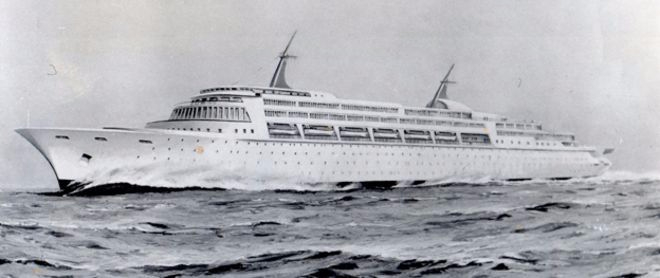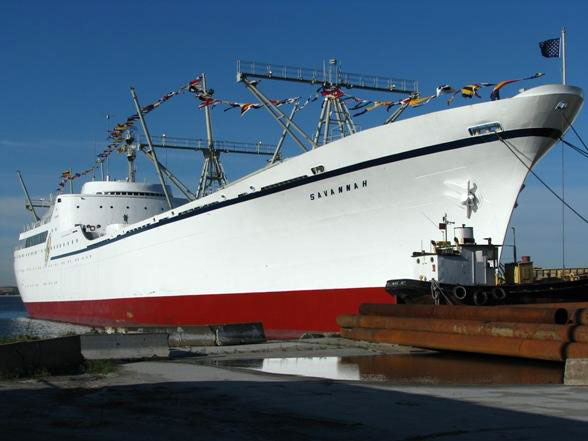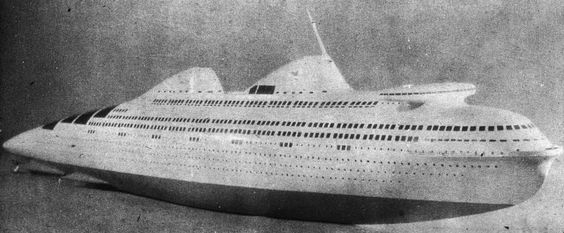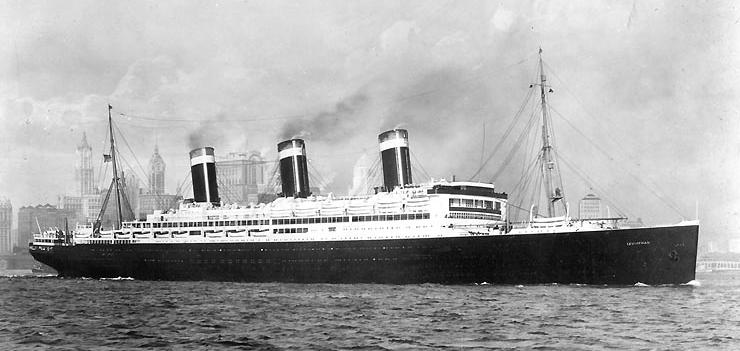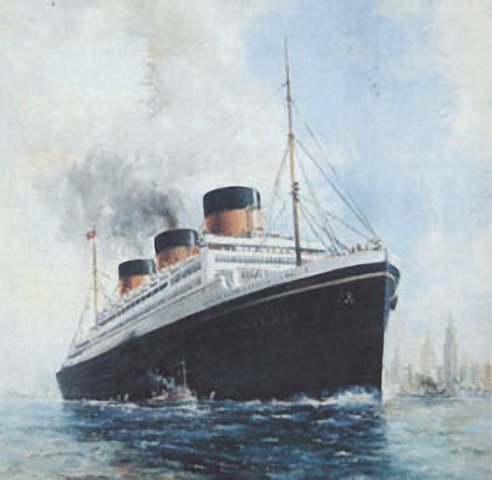Whilst an ocean crossing was a positive and transformative experience for millions of people across the ages, helping them to a new life or facilitating exploration and discovery, for countless others it has brought only terror and death. We take safe travel for granted, but not so long ago, crossing the oceans of the world was fraught with danger. At one time, each traveller had an equal chance of being consigned to Davy Jones’ locker as they did of reaching land again. The Atlantic could be a seaway of opportunity, or a black and fathomless void that would consume ships and their occupants. The President was just one of those doomed ships.
Even at its genesis, the steamship President could be said to have been cursed. Her designer, Macgregor Laird (one of the famous Birkenhead-based Laird shipbuilding family) was heavily in debt by 1840. He was already associated with disaster, having funded and participated in a failed expedition to explore the Niger river in which most of the 40 man-team had died of Scarlet fever. Now facing financial ruin, he decided on an all or nothing roll of the dice and began construction of what he intended to be the greatest steamship ever built. The result of Laird’s feverish desperation to avoid catastrophe was the President, a 2360 tonne paddle-steamer designed to capitalise on the brand new Liverpool-New York run. On paper, it seemed as if Laird’s gamble would pay off. The President was, at that time, larger than any other steamship, being the first such vessel to have three decks. It also possessed a hitherto-unseen level of luxury and artistry; from an ornately carved figurehead of George Washington (hence the name) to oil paintings, plush velvet couches and ornamental pillars even in the engine room, it seemed that no expense had been spared.
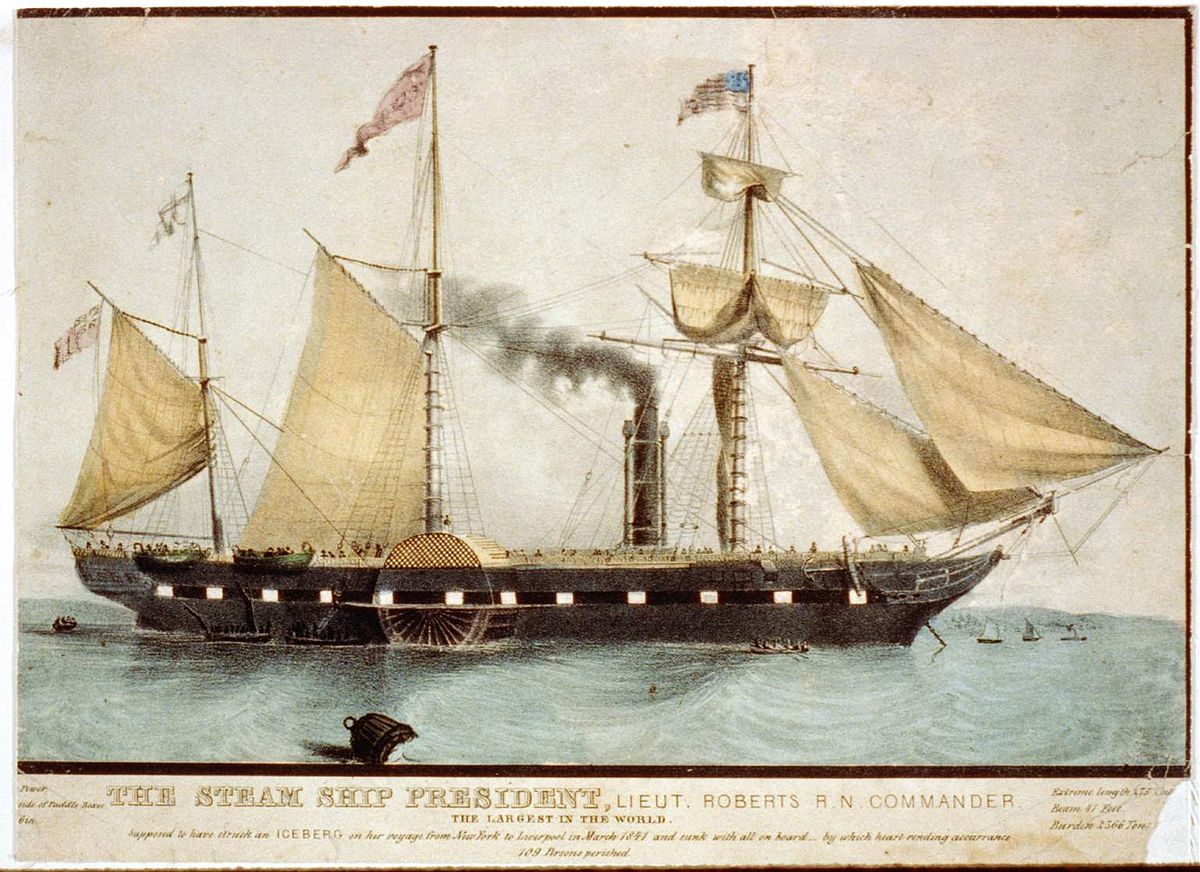
Except expenses had indeed been spared. All these gaudy decorations were essentially papering over the cracks. The innovative triple-decked design made the ship top heavy and liable to roll in rough weather. The engine, manufactured in Liverpool, had been done on the cheap and was seriously underpowered for such as heavy ship. Furthermore, the emphasis on decoration in the engine room also undermined basic safety features; watertight hulls were weakened by the added weight of gilt wrought iron. Already, the President was off to an inauspicious start.
Very swiftly, the “curse” of the President began to take hold. The top-heavy and underpowered ship performed woefully. Her maiden voyage from Liverpool to New York took 16 and a half days, almost double the average crossing time at that point. As soon as the ship limped into New York, her captain was immediately blamed for the mess and fired with immediate effect. The first Lieutenant took command for the return voyage but the second voyage was even more catastrophic. In four days, the ship managed barely 300 miles, meaning it would very quickly run out coal and would potentially be stranded in the Atlantic. Disaster was only averted when the Lieutenant swallowed his pride and made the choice to return to New York to re-fuel, eventually making the ship 15 days overdue. Once again, he was sacked upon arrival for his supposed incompetence. Barely a year into her career, the President was already regarded as a “cursed” vessel; incapable of keeping to scheduled sailings and a guaranteed ignominious end to many a maritime career. Even steamship enthusiasts were aghast, with the famous shipbuilder and engineer Isambard Kingdom Brunel sniping, “What on earth or water is the President about?!”. But this embarrassment was merely a bitter taste of the true horror to come.

After taking an unprecedented 3 weeks to reach New York in the spring of 1841, the President, now under her third captain, Charles Roberts, made ready to return to England. Roberts had made sure that his vessel was fully loaded with extra cargo and coal, both to prevent any need to turn back, but also to weigh the top-heavy steamship down. Roberts seems to have been oblivious of the obvious risks this would pose to his vessel. He also seemed oblivious to the need to repair the vessel. Whether down to the commander’s incompetence or Laird’s lack of funds, nobody had repaired the hull plates and the engine frame, which were both now bent out of shape after the last few rough crossings.
The President’s already alarming problems were compounded by omens and dark prophecies. Soon after departing New York, Laird’s New York agent and the captain’s brother, Richard (neither of whom had met one another) had identical, and identically chilling, nightmares. They dreamt of the President on a stormy sea; they saw a confused crowd on deck and Captain Roberts shouting orders. Before he could finish his orders both men claimed that suddenly everything went black and they each woke in a sweat, the sounds of screaming women echoing in their ears.

The last confirmed sighting of the President itself was just two days into the voyage, when a fishing vessel saw a dark steamship struggling against a storm and being carried along by waves the height of a five-storey building. It soon vanished from sight.

When the President failed to arrive at Liverpool, initially nobody took much notice. After all the “cursed” steamship had let people down before and arrived weeks late previously. But after a few weeks, panic and rumour began to set in. Word spread that the President had suffered a mutiny, or been captured by pirates or had run ashore off Newfoundland. At the same time, word had now spread from America about the ominous twin nightmares, which only served to ramp up the terror and uncertainties of hundreds of family members of crew and passengers who desperately awaited news. The deathwatch of the President even escalated to the highest corridors; the Prime Minister asked to kept informed about the situation and Queen Victoria even asked that a special messenger be appointed to keep her informed about “the fate of those poor souls on the President”.

Those poor souls, 110 in total, had simply vanished into the ether, where they remain to this day. The steamship had simply vanished into the dark void of the North Atlantic, leaving not even a small trace or clue to what had happened. Even 177 years later, no one can explain what happened to cause the President to disappear. As supernatural as it may seem, the twin nightmares may be the closest we ever get to understanding what happened on the top-heavy decks of the President in the doomed vessel’s final moments. Once the deathwatch eventually fizzled out in the late summer of 1841, many commentators saw the ship’s disappearance as the fulfilment of a “curse”. A curse that had caused the ship to be poorly constructed; a curse that had ruined the crossing times and ended the careers of two captains; and a curse which had finally rebounded, destroying the doomed ship itself and condemning 110 people to an unknown watery grave…



